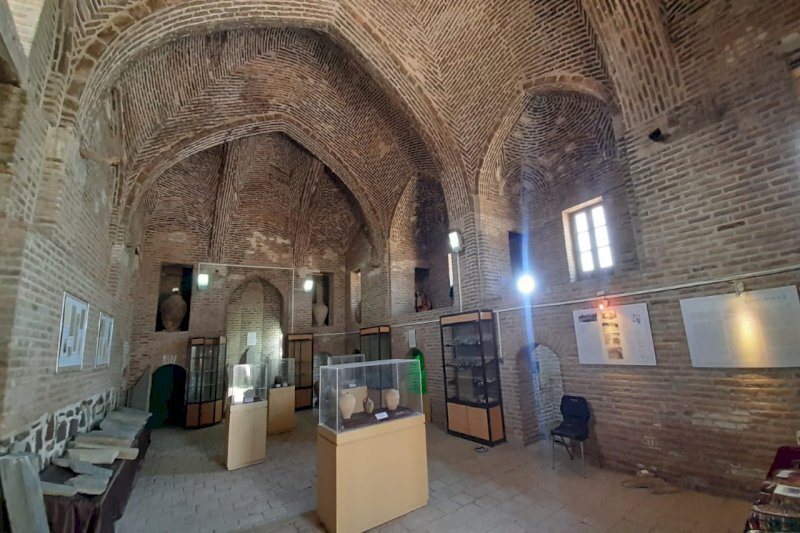Heritage museum opened to public in northeast Iran

TEHRAN - On Tuesday, a heritage museum was officially inaugurated in northeast Iran.
“It is the first cultural heritage museum inaugurated in the town of Kadkan, Torbat-e Heydarieh and Zaveh county, northeastern Khorasan Razavi province,” the county’s tourism chief said.
The museum has been set up in one of the city’s cultural-historical complexes in collaboration with the local people and related organizations, CHTN quoted Ali Mohammadi as saying on Wednesday.
Kadkan has a great deal of potential for developing specialized museums, as it has numerous attractions in the fields of history, culture, handicrafts, and spiritual heritage, the official added.
Artifacts previously discovered at Kadkan historical sites and stored in other museums of the region due to lack of space have been returned to this museum to be displayed for the public, he explained.
Several historical relics have also been donated to the museum by the locals, he noted.
Over the past couple of years, Torbat-e Heydarieh and its surroundings have yielded traces of the ancient settlements. Last year, an archaeological site was exposed on the outskirts of Torbat-e Heydarieh after torrential rains washed the soil away. The site was accessed to date from the early and middle Islamic eras, according to preliminary studies carried out by cultural heritage experts.
According to archaeological studies, Torbat-e Heydarieh is home to several historical caves due to its favorable habitat conditions and traces of habitation from about 40,000 years have been identified in the caves of the region. The history of the area stretches back to the Achaemenian Empire from the 6th to 4th century BC and the Parthian Empire from the 3rd century BC to the 3rd century CE.
Iran is home to one of the world’s oldest continuous major civilizations, embracing settlements dating back to 4000 BC. It also hosts some of the world’s oldest cultural monuments including bazaars, museums, mosques, bridges, bathhouses, madrasas, gardens, rich natural, rural landscapes as well as 26 UNESCO World Heritage sites.
ABU/AFM
Leave a Comment